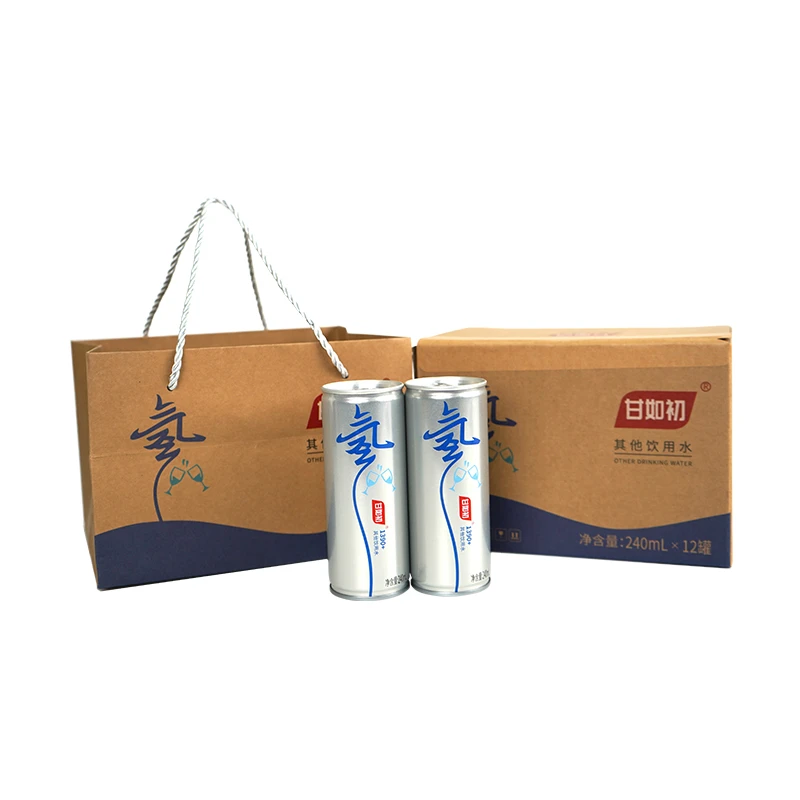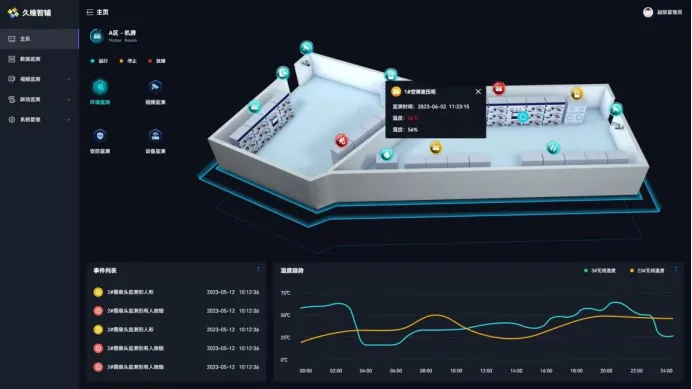Gas Turbine Systems High-Efficiency Power for Industrial & Offshore Use
- Introduction to modern gas turbine
technology - Technical advantages driving energy efficiency
- Performance data and environmental impact statistics
- Leading manufacturers comparison
- Customization solutions for specialized applications
- Industrial implementation case studies
- Future evolution and concluding insights

(gas turbine)
Introduction to modern gas turbine systems
The fundamental operating principle involves drawing in atmospheric air, compressing it to high pressures, mixing it with fuel for combustion, and expanding the resulting hot gases through multiple turbine stages. Contemporary gas turbine designs now incorporate advanced cooling technologies that allow turbine inlet temperatures exceeding 1,600°C. These extreme conditions enable remarkable thermal efficiencies approaching 40% in simple-cycle configurations and over 60% in combined-cycle arrangements. The evolution of materials science continues to push performance boundaries with single-crystal turbine blades and thermal barrier coatings that withstand previously prohibitive temperatures.
Technical advantages driving energy efficiency
Gas turbines deliver unparalleled power density, enabling compact installations that generate substantial output from minimal physical footprints. Recuperated gas turbine configurations leverage exhaust heat recovery systems that substantially reduce fuel consumption. These systems preheat combustion air using turbine exhaust, improving thermal efficiency by 15-20% compared to conventional designs. This technological advancement proves particularly valuable in distributed energy applications where fuel conservation directly impacts operational costs. The rapid start capability—achieving full operational status within minutes—provides crucial grid stability services essential for integrating intermittent renewable sources.
Performance data and environmental impact statistics
Latest-generation gas turbines demonstrate environmental performance improvements alongside power output gains. Emission reduction technologies including dry low-NOx combustors have decreased nitrogen oxide output to below 15 ppm while maintaining combustion stability across varying load conditions. Modern designs achieve power outputs exceeding 400 MW in heavy frame configurations with efficiency benchmarks now surpassing 64% in combined-cycle installations. Industry-wide adoption of these efficient designs avoided approximately 200 million metric tons of CO2 emissions globally last year—equivalent to removing 43 million vehicles from roadways. Project lifecycle analysis indicates 30% lower greenhouse gas emissions per megawatt-hour compared to conventional coal-fired alternatives.
Leading manufacturers comparison
| Manufacturer | Model Range | Power Output | Efficiency (%) | Maintenance Interval | Specialized Applications |
|---|---|---|---|---|---|
| General Electric | 7HA.03 | 430-571 MW | 63.9 | 32,000 hours | Combined cycle, cogeneration |
| Siemens Energy | SGT6-9000HL | 415-545 MW | 63.7 | 30,000 hours | Offshore platforms, district energy |
| Mitsubishi Power | M701JAC | 470-650 MW | 64.0 | 35,000 hours | Island power systems |
| Ansaldo Energia | GT36-S6 | 520 MW | 63.3 | 29,000 hours | Industrial cogeneration |
Customization solutions for specialized applications
Specialized offshore gas turbine packages feature marine-grade coatings and compact structural arrangements designed to withstand corrosive maritime environments. These configurations typically incorporate dual-fuel capabilities that maintain continuous operation during gas supply interruptions. Manufacturers now implement modular construction approaches allowing 30% faster on-site commissioning for challenging installations. Arctic package solutions integrate heating systems preventing fuel gelling at -40°C while seismic-ready versions withstand seismic activities up to zone 4 requirements. Hybrid hydrogen-natural gas combustion systems represent the latest customization frontier, with current designs accommodating up to 50% hydrogen content while maintaining operational stability.
Industrial implementation case studies
Norwegian North Sea platforms utilize aeroderivative turbines delivering 46 MW each with exceptionally low weight profiles crucial for offshore structures. The compact turbines' vibration signature remains below 8 mm/s even during rapid load changes caused by variable seawater injection requirements. An Indonesian geothermal plant configuration employs turbine exhaust to vaporize geothermal fluids, enhancing total plant output by 15% without additional fuel consumption. Natural gas pipeline operators in Russia deploy gas turbine-driven compressor stations featuring customized fuel systems that autonomously switch between pipeline gas and liquid fuel storage during supply disruptions. Combined heat and power facilities in Germany achieve 89% total system efficiency by directing turbine exhaust into district heating networks during winter months.
Future evolution in turbine technology
The gas turbine sector is actively integrating artificial intelligence into operation protocols, with prototype self-optimizing systems achieving 3% efficiency improvements over standard control regimes. Manufacturers confirm successful 100% hydrogen combustion tests for multiple platforms scheduled for commercial availability within this decade. Advanced manufacturing techniques like binder jet 3D printing have successfully produced turbine components featuring conformal cooling channels impossible to manufacture conventionally. These innovations will maintain the gas turbine as an indispensable component within diversified power generation architectures. Continued focus on hybrid systems combining renewable generation with turbine backup creates synergistic reliability networks that simultaneously advance decarbonization goals while ensuring grid stability amidst changing energy landscapes.

(gas turbine)
FAQS on gas turbine
Q: What are the key advantages of a gas turbine in power generation?
A: Gas turbines offer high power-to-weight ratios, rapid startup times, and flexibility in fuel types, making them ideal for both peak-load and continuous power generation.
Q: How does a recuperated gas turbine improve efficiency?
A: A recuperated gas turbine uses exhaust heat to preheat compressed air before combustion, reducing fuel consumption and increasing overall thermal efficiency by up to 30%.
Q: What challenges do offshore gas turbines face in marine environments?
A: Offshore gas turbines require corrosion-resistant materials, compact designs for limited space, and robust maintenance protocols to handle saltwater exposure and harsh weather conditions.
Q: What is the role of the turbine section in a gas turbine?
A: The turbine section extracts energy from high-temperature gases to drive the compressor and external loads, converting thermal energy into mechanical work for power generation or propulsion.
Q: How do recuperated gas turbines compare to simple-cycle gas turbines?
A: Recuperated gas turbines achieve higher efficiency by reusing waste heat, whereas simple-cycle turbines prioritize lower upfront costs and simplicity but with reduced energy efficiency.
